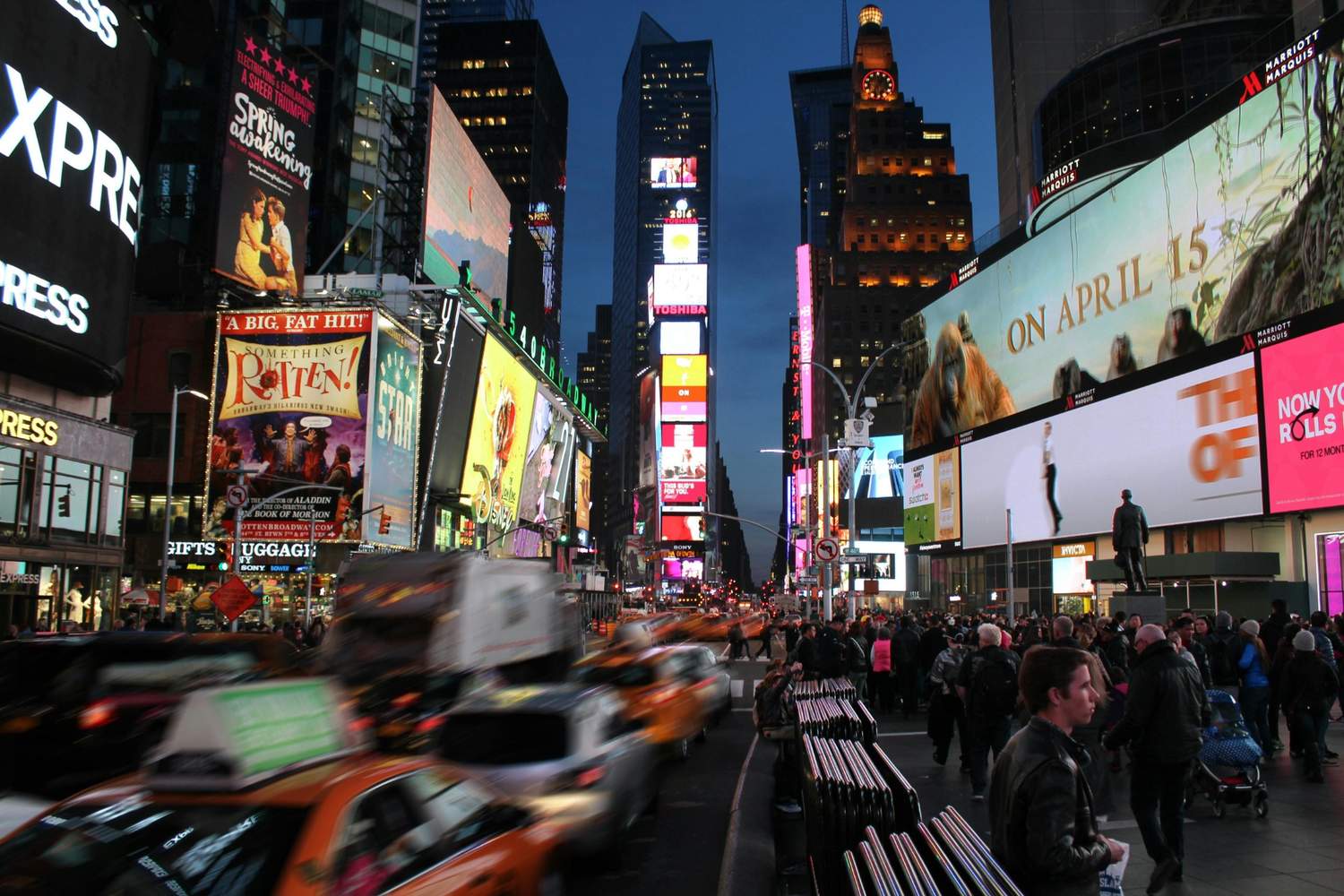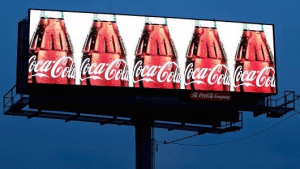
Cost Effective DOOH: Reaching Underserved ZIPs via Cafés and Clinics
Cost Effective DOOH: A New Era for Localized Campaigns As the demand for hyper-targeted marketing grows, the need for cost effective DOOH (Digital Out-of-Home) solutions has never been more critical. Traditional large-scale billboards and high-traffic screen placements often dominate marketing





